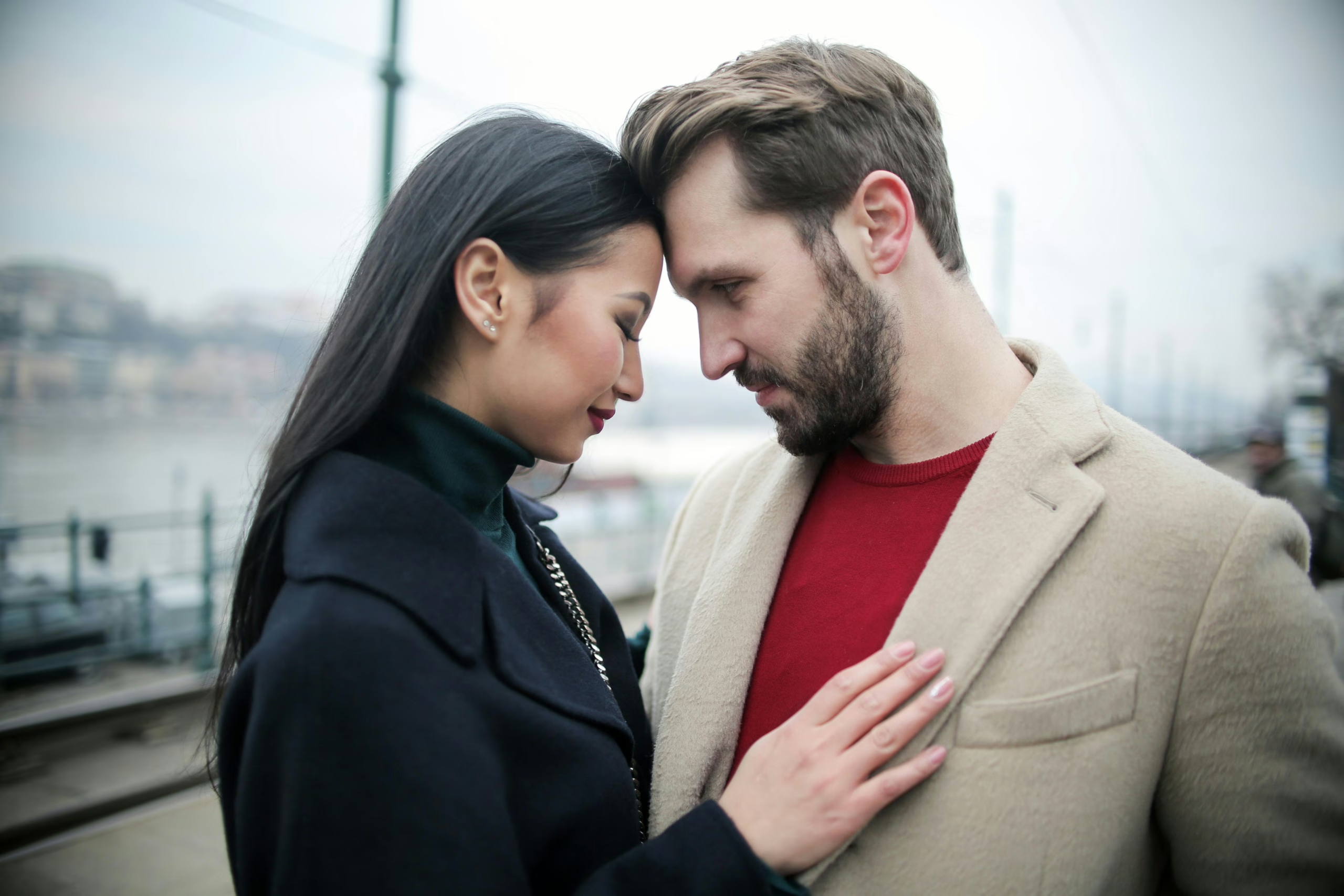How Attachment Style Shows Up in Relationships

Just as we can be harmed in relationships, we also heal through relationships. The journey of forging meaningful connections can push us to become better people. But when those relationships hit rocky periods, we can become vulnerable and faced uncomfortable truths about how we show up in the eye of the storm.
It’s normal to want connection but also be scared of it. The process from dating to commitment can surface unresolved wounds around intimacy or lack thereof. This is where understanding attachment styles can be helpful.
When working on relationship issues, it helps to build curiosity around what is happening inside. The ways we react when we feel lost, stuck, and vulnerable reflect protective patterns formed in our upbringing. In our adult relationships, we tend to reach for the same armour that helped us survive our early environments.
What are Attachment Styles?
Attachment styles reflect how we protect our heart. It’s a pattern of subconscious responses shaped by how we relate and respond to others, particularly when dealing with closeness, distance, and conflict.
You might notice a familiar anxiety when someone doesn’t message back, or a pull to distance yourself when someone wants to get closer. Or maybe you find yourself lost and unsure whether others are trustworthy at all.
Our attachment styles are shaped by childhood experiences with our sense of safety and connection in the places we call home and within our support systems. Cultural influences, family dynamics, environmental safety, and past relationships all play a role. Attachment styles tend to surface most clearly when we feel vulnerable, stressed, or emotionally threatened.
For those of us navigating bicultural identities, immigrant histories, and BIPOC experiences, the ways we learned to connect with the world were often shaped by generational survival, unspoken expectations, and a deep need to belong. Displacement from home, land, or community can also profoundly influence how attachment shows up in our adult lives.

In the therapy room, the first step to this inner work is to identify your primary attachment style:
- Anxious-Preoccupied Attachment:
Craving reassurance often worrying others will eventually leave. This tends to grow from an inconsistent presence of caregivers or safe communities. When support felt unpredictable, we learned to brace for the other shoe to drop by scanning for signs of abandonment, and coping through people pleasing and over-functioning. At its heart, anxious attachment is a longing to feel chosen.
- Avoidant-Dismissive Attachment:
Keeping an emotional distance even when you care. Intimacy often feels uncomfortable and overwhelming. This often happens when early caregivers were emotionally unavailable, unreliable, or distant, so we learn to be overly self-reliant and wary of others.
- Fearful-Avoidant Attachment:
Wanting closeness but feeling afraid of it, bringing up conflicting feelings and unpredictable reactions. This happens up when the very people meant to offer safety also felt frightening, due to emotionally volatile or abusive caregiving. Both anxious and avoidant attachment styles emerge, and being on high alert becomes a survival strategy when connection doesn’t feel trustworthy.
- Secure Attachment:
When we’ve had experiences of being seen, soothed, and supported enough times, we learn that connection can feel safe. We trust ourselves and others and have space for intimacy and boundaries. Even though we may get triggered, as any human does, there is a felt sense that we’ll be okay and we’re not alone.
How Attachment Style Shows Up in Our Relationships
In times of stress and conflict, we start to feel uncertain and that’s when our attachment style joins the chatroom. Do you notice feeling anxious when your partner needs space? Or maybe you shutdown when things feel emotionally intense? Or both? These reactions reflect survival patterns we adapted throughout our life and tend to bring into our relationships.
Our attachment style is not permanent and there is always the possibility to feel more safe and secure overtime through new relational experiences, attachment-informed support, and a commitment to the inner work.
Shifting Your Attachment Style
Once you recognize your attachment style, you can start to gently challenge the reactions that no longer serve you. Yes, this is easier said than done. But each moment you respond instead of react, even in subtle ways, is a chance to disrupt the pattern:
- Notice your reactions: When conflict arises, pause and reflect on how you typically react. Do you cling, withdraw, or shut down emotionally? Recognizing these patterns is the first step to shifting them. Taking a moment to pause helps create more distance from reacting impulsively to mindfully responding.
- Practice self-soothing: If you notice anxiety or stress beginning to brew, try grounding techniques like deep breathing, listening to calming music, or going on a short walk. Activities that bring you into the present moment can be a form of self soothing. In therapy, we co-create a toolkit together, so you don’t have to figure out self-soothing alone.
- Communicate with empathy: Remember that your partner(s) have their own attachment style, so try your best to approach them with understanding. Share your feelings openly and listen to theirs. In therapy, we go over communication skills such as using I-statements and assertive language. Creating space for an open dialogue can lays the groundwork for mutual understanding.

Building Healthier Relationships
It takes time to feel secure. There may be uncomfortable truths that arise in the process, which can be helpful to work through in a safe space such as support groups, individual counselling, or couples counselling. With patience in the process, awareness, and ongoing support, it is possible to build deeper and more fulfilling relationships.
Even the smallest steps can be meaningful. Take things one moment at a time. Growth is not linear and each moment you spend befriending your attachment pattern helps to cultivate stronger communication and dynamics in your relationships.
If you’re looking for an open, non-judgemental space to understand yourself, your attachment style, and address you relationships, I’d be honoured to hear from you. You’re welcome to book a 20-minute chat to explore if working together feels right for you.
With warmth,
Rachel


